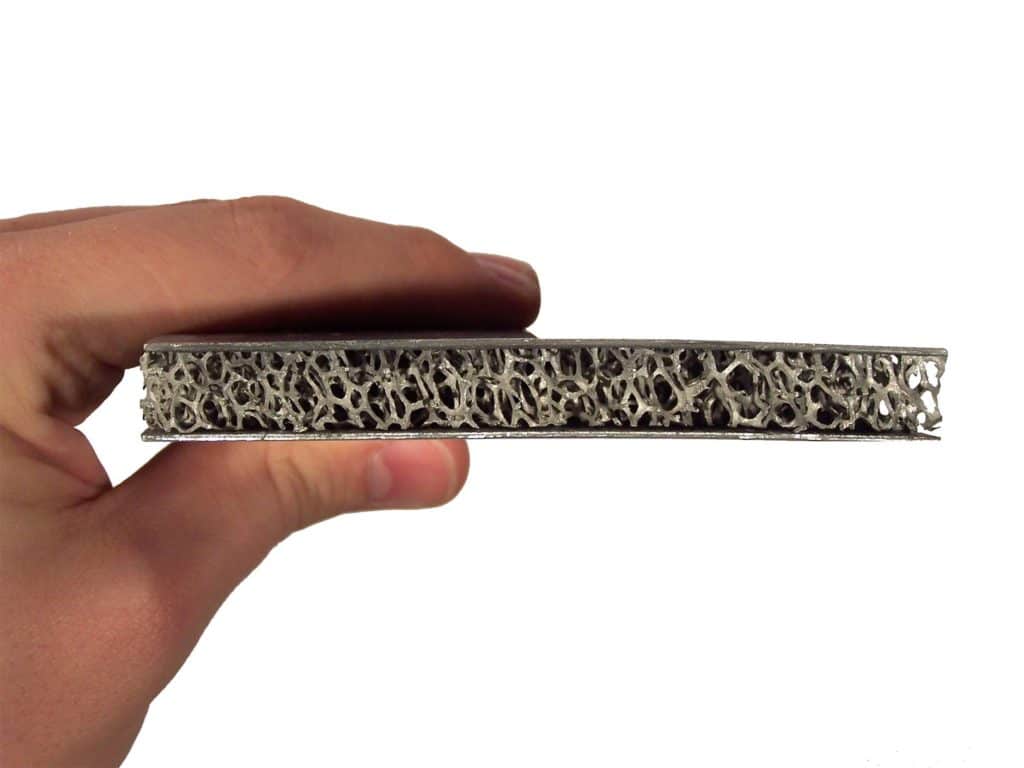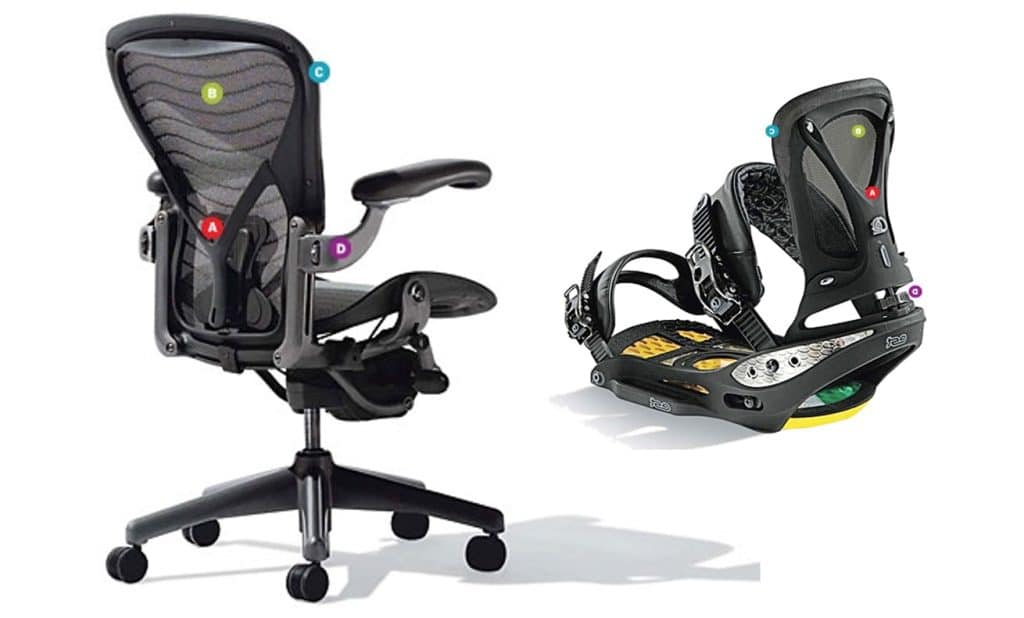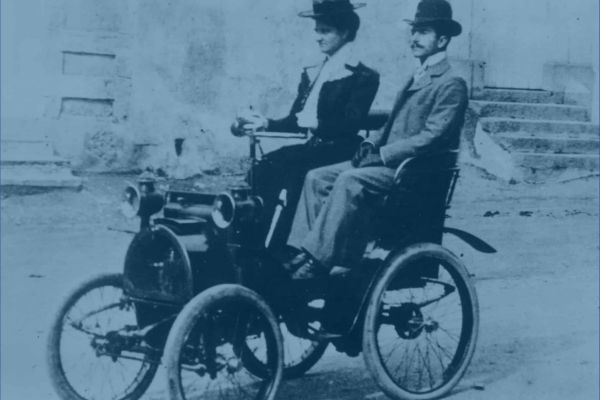In 1946, Soviet inventor and science fiction writer Genrich Altshuller developed a methodology called TRIZ. It became known as “the theory of inventive problem-solving” and was based on a simple premise: across different disciplines and applications, the same challenges occur again and again. Unfortunately, people keep solving nearly identical problems from scratch. The main lesson from TRIZ is this: if you understand how your innovation challenge is similar to someone else’s, you can reapply solutions that already exist, instead of reinventing the wheel time and again.
Although Altschuller’s theory is 70 years old, his message still rings true. One of TRIZ’s most important claims is that innovative problem-solving is not just a question of intuition or luck. Creativity can be structured using data and logic. The process of ‘front-end innovation’ can be made predictable, repeatable and reliable. At CREAX, we adopted this way of thinking from day one, while developing our own innovation approach.
Regrettably, there are still a lot of companies that either don’t know or don’t believe the crucial assertion that front-end innovation doesn’t have to be a chaotic mess.
Navel-gazing is bad for business
In our previous blog post, we explained how innovative companies think in terms of functions rather than solutions. Using the example of a major entertainment store, we illustrated why solely focusing on your own, existing solutions is a slippery slope for companies.
Continuously developing new and better solutions for the function that you fulfill, however, takes more than the spontaneous and intuitive creativity of your own staff. It requires an open look both inside and outside your organization and industry domain.
After all: somebody may have already found the solution you’re looking for – or at least one very similar to it. The new creative challenge is finding that solution and adapting it to your own particular problem.
Example: BMW’s cross-industrial coachwork innovations
In 2001, BMW started developing its GINA-model, a revolutionary sports car skinned with polyurethane-coated spandex. The company’s head of design, Chris Bangle, challenged existing principles and conventional processes by transferring the benefits of a known solution in the textile industry to the world of automotive construction.
Today, BMW impresses with a similar feat, by introducing the use of carbon-fiber reinforced polymer – primarily used in aerospace and sports applications – to improve the energy consumption of its i3 all electric car and the i8 plug-in hybrid.

Matching internal and external expertise
Combining old and new solutions
Smartphones have never been completely ‘new’. Instead, they are clever combinations of standard cellphone functionalities with other, existing standalone technologies such as GPS tracking, digital camera systems, media players, video gaming and so on. In order to build the best possible combination, you have to know the existing solutions and adapt them.
Bringing solutions to new markets (technology transfer)

The Flanders-based Bekaert Group is specialized in cutting-edge steel wire products. At a certain point, the company managed to significantly reduce the production cost of open-celled aluminum foam, or ‘metal foam’. Due to its remarkable properties, metal foam can serve many different purposes. Teaming up with CREAX, Bekaert’s next challenge was to identify new uses for the material and tap into new opportunities. This market development project took metal foam from elite industries such as aerospace and renewable energy to a vast range of new application fields, from car manufacturing and chemical production to machine development.
Screening your market (and beyond)
At CREAX, we believe that the first step towards creating something new, is knowing what is already out there. The question remains: how does one do that?
Today, accessing the clever thinking of problem-solvers in all areas of science, engineering and technology has become both easier and harder than ever. From academic papers to patent and startup databases: the web offers everyone a nearly inexhaustible source of information. These days, the hard part is knowing where to look first and separating the wheat from the chaff.
Obtaining a comprehensive overview of the status of any technology, both inside and outside your domain, is a continuous effort and requires both the eye of a specialist and the wide approach of a generalist.
In a fast-changing environment, keeping track of new technologies and consumer trends while meeting business objectives is no easy feat. Find out how CREAX helps companies to assess new opportunities and create roadmaps for the future.
Subscribe to our newsletter to receive useful updates about our innovation approach.










